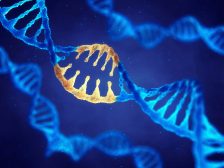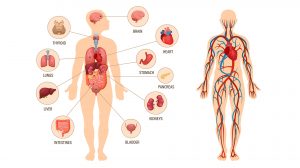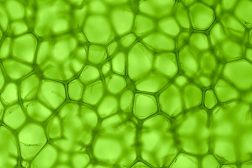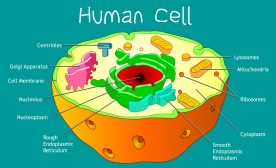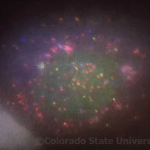Expression system
(Science: molecular biology) combination of an expression vector, its cloned dna, and the host for the vector that provide a context to allow foreign gene function in a host cell, that is, produce proteins at a high level.
Dictionary > Expression system
